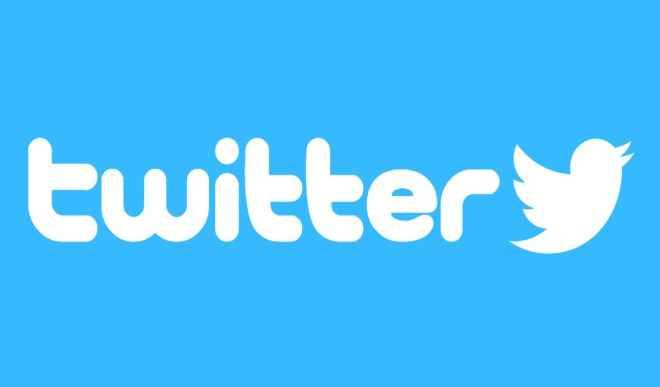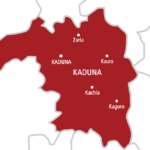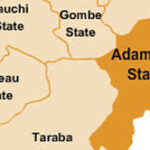Although “all these too shall pass,” last week registers a very momentous period for the US. First, the US fatalities (deaths) from the coronavirus pandemic grew past the 100,000 mark, with infections fast approaching two million (2,000,000) people. Then, there were the reactions to another racially motivated police brutality against black people in the US that brought the city of Minneapolis in Minnesota State of the US into chaos, as otherwise good, frustrated people asked for justice. Many buildings and businesses were burned down, as was a police precinct. The riots echoed to different degrees in many big cities in the US, including New York City, Los Angeles, Chicago, Washington, D.C., and Louisville (Kentucky). Last week, the US also reacted to the problem in Hong Kong, reportedly imposing sanctions on China in the process, while at the same time vigorously calling out China on the country’s lies about COVID-19. The US president is also consolidating his plans to pull the US out of the World Health Organization (WHO), whom Mr. Trump has blamed for colluding with China in hiding some truths about the real origin and the spread of COVID-19.
Another profound event in the US last week is the fight between the president of the US, Mr. Donald J. Trump, and Twitter, which is the social media platform that Mr. Trump has used voraciously to communicate directly with his political base. Mr. Trump loves Twitter, and, depending on his state of mind, he sends out scores of tweets per day, which are often perceived by many to be on useless stuff. As noted by techcrunch.com, “Twitter has wrestled with the issue of how to handle world leaders who break its content rules for years. Most often as a result of Trump, who routinely uses its platform to bully all manner of targets — from rival politicians to hated journalists, disobedient business leaders and even actors who displease him — as well as to dispense direct and sometimes violent threats.” Mr. Trump’s use of Twitter obviously represents management nightmare for the company, who ordinarily is expected to moderate the contents of tweets. As Kevin Roose, a tech writer for New York Times puts it on 29 May 2020, Mr. Trump wants to be allowed to “post in peace, free of limits and restrictions. Most of all, he wants the moderators to know who is really in charge.”
Jack Dorsey, a friend of Africa, who was actually making plans to temporarily relocate to Africa in 2021 before the coronavirus pandemic surfaced, is the founder and CEO of Twitter, and the person who has the responsibility to sign off on any actions that need to be taken to moderate the excesses in the president’s tweets. Davey Alba, Kate Conger, and Raymond Zhong, in their article in New York Times on 29 May 2020 trace the origin of the recent tensions between Twitter and Mr. Trump: “The tussle began after Mr. Trump tweeted a hurtful and unsubstantiated conspiracy theory this month to attack the MSNBC host Joe Scarborough, which caused critics to call on Twitter to remove the messages. While Twitter did not take those posts down, it added fact-checking labels for the first time to two of the president’s election-related posts on Tuesday. The labels stood out because Twitter for years did little to moderate Mr. Trump’s often inaccurate and threatening posts.”
It does not appear that Twitter is targeting the US president. In fact, the company has been criticized a great deal over Mr. Trump’s tweets, but the company had maintained that Mr. Trump hadn’t violated Twitter’s terms of service, however close he appeared to have done so. However, autocratic world leaders, including Mr. Trump, have been on Twitter’s raider. In March of this year, Twitter deleted posts by the presidents of Brazil and Venezuela that contained information about COVID-19 treatments that have not been proven.
Mr. Trump received his own training from Twitter last week when the company added fact-checking notices to the president’s tweet that falsely claimed that mail-in voting ballots would mean that the upcoming November presidential election would be rigged. Basically, Twitter was calling out the president on the lies. Mr. Trump reacted by signing an executive order that proposes a crackdown on American social media companies. He is focusing on weakening Section 230 of the US Communications Decency Act of 1996, which could lead to the forfeiture of protections for Twitter and other social media companies. People in the know, however, do not think Mr. Trump’s proposal is enforceable, and even if it is, it would backfire to hurt the president rather than help him.
Rather than being intimidated, Twitter appeared to have doubled down on his control of Mr. Trump’s tweets. His tweet about the protests in Minneapolis, which encourages that civilian protesters should be shot by the US military if they loot, was covered up under a warning label that says the tweet violates the site’s policies against glorifying violence. Twitter reportedly further tightened restrictions on the messages from Mr. Trump by blocking users from liking or replying to them, though people could still retweet the messages if they added a comment of their own. It does seem that democracy in America is still alive despite the forces against it in recent years.

 Join Daily Trust WhatsApp Community For Quick Access To News and Happenings Around You.
Join Daily Trust WhatsApp Community For Quick Access To News and Happenings Around You.


